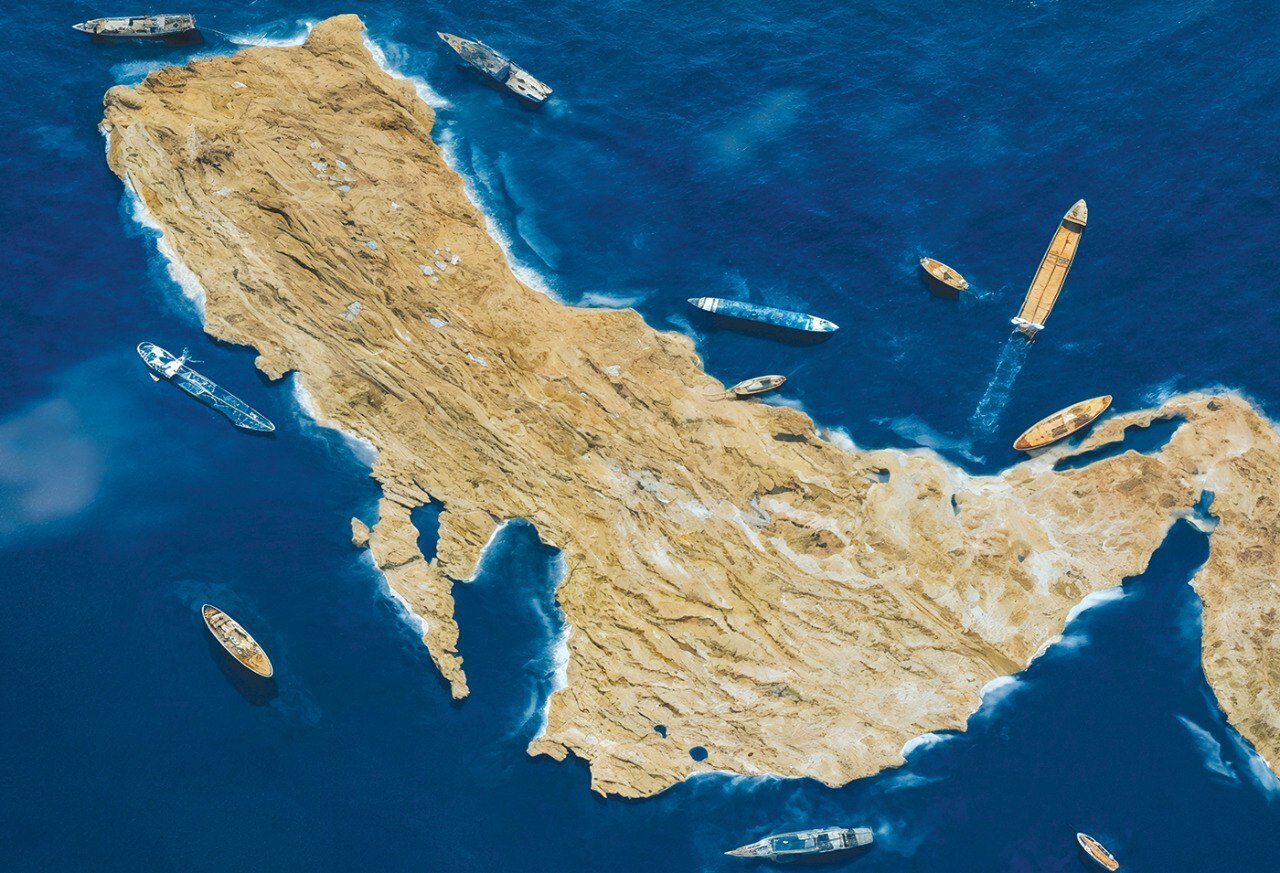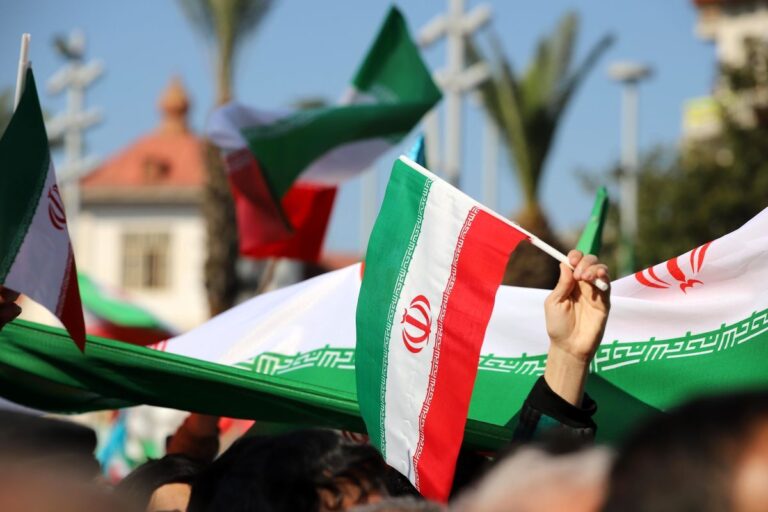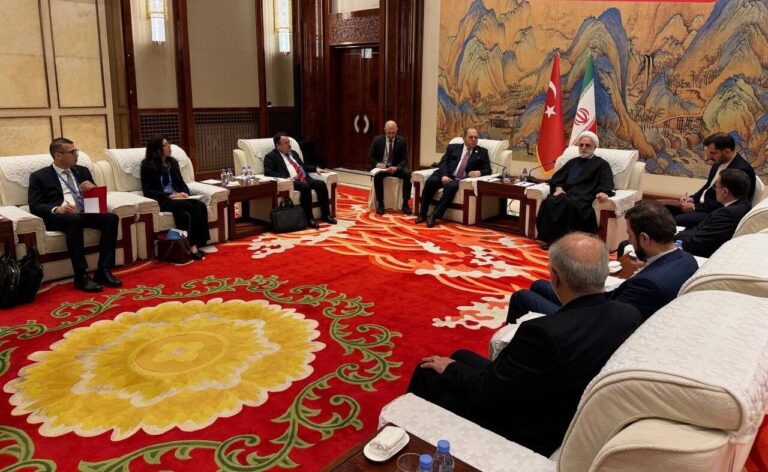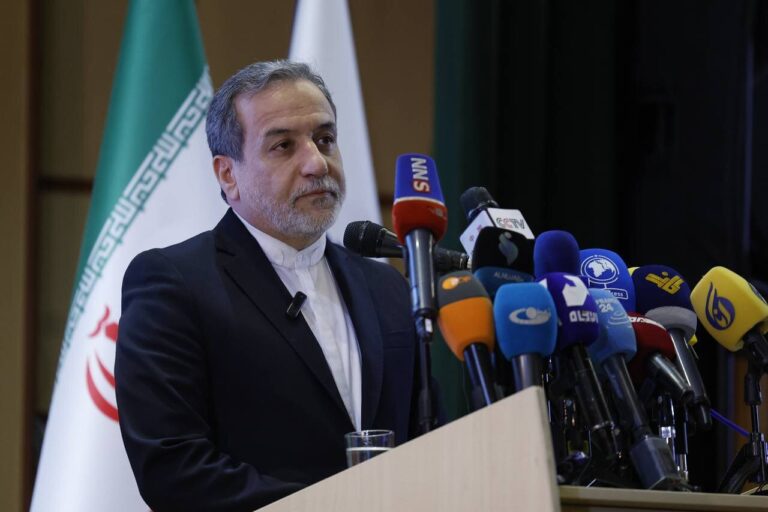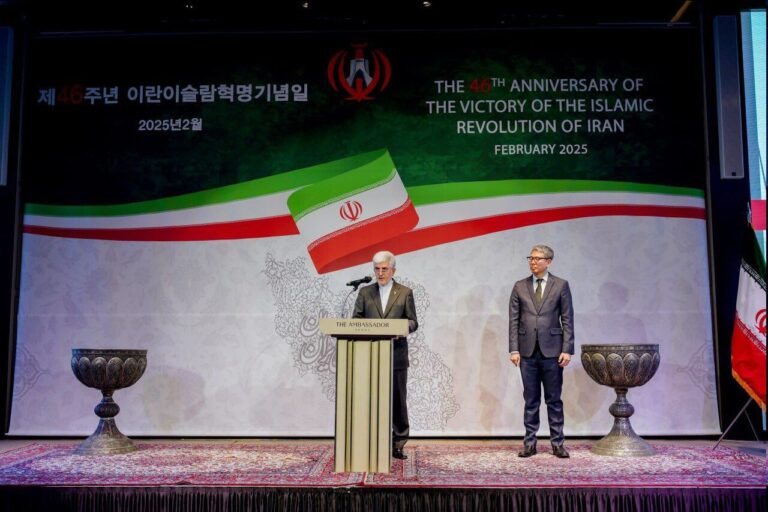Discovering the Persian Gulf: A Deep Dive into Our Waters and Lands
The Persian Gulf, a crucial waterway for global oil transport, serves not only as an exotic tourist destination but also as a significant geostrategic location for military forces. For thousands of years, the communities along its shores have held this region as a rich heritage, one that remains deeply embedded in their identity. Recent developments, particularly the reported intention of U.S. President Donald Trump to recognize the Persian Gulf as the “Arabian Gulf,” have ignited strong reactions, especially in Iran, where feelings of anger, disbelief, and ridicule have surfaced.
The controversy surrounding Trump’s naming efforts is not new. In the past, he referred to the Gulf of Mexico as the “Gulf of America” and pressured major companies like Google and Apple to adopt this terminology. Some reports even indicate that he barred a reporter from attending White House briefings for using the traditional name. However, Trump’s attempts to rename the Gulf of Mexico did not achieve international acceptance. The United Nations and geographical societies around the world continue to refer to it as the Gulf of Mexico, indicating that the potential move to rename the Persian Gulf would face even greater challenges.
Historical Significance of the Persian Gulf
The Persian Gulf has a storied history that dates back thousands of years. The geological formation of this vital waterway occurred approximately 500,000 years ago due to tectonic activities between the African and Eurasian plates. Here are some key historical points regarding the Persian Gulf:
- Ancient References: The earliest documented name for the Persian Gulf was “Nar Marratu” (Bitter River) found in ancient Elamite-Assyrian texts.
- 6th Century BCE: By this time, the terms “Persian Gulf” or “Persian Sea” had become widely used.
- Darius the Great: An inscription found near the Suez Canal refers to the Gulf as “Dary?ty? Hach? P?rs? ?yity,” meaning “the sea that comes from Persia.”
- Alexander’s Exploration: Nearchus, an admiral under Alexander the Great, documented his journey to the Persian Gulf in 326-325 BCE.
- Roman References: Historians like Claudius Ptolemy and Quintus Curtius Rufus referred to the Gulf as “Persicus Sinus” and “Aquarum Persico,” reaffirming its historical name.
- Islamic Era: Post-Islamic sources frequently referenced “Bahr al-Fars” (Persian Sea) and “Khalij al-Farsi” (Persian Gulf).
- Colonial Usage: Even European colonial powers employed the term “Persian Gulf” in maps and guides from 1868 onward.
The Misnomer of the “Arabian Gulf”
The term “Arabian Gulf” has a convoluted history. Initially, it referred to the Red Sea, as indicated by ancient historians like Hecataeus of Miletus and Herodotus. The shift to use “Arabian Gulf” for the Persian Gulf began in 1958 when Iraq’s General Abdul Karim Qasim sought to promote pan-Arab leadership. This term was later echoed by leaders like Gamal Abdel Nasser during periods of heightened tension with Iran.
Despite the efforts to redefine the name, experts believe that such political maneuvers are unlikely to alter the historical significance of the Persian Gulf. However, these actions could influence regional ties and diplomatic relations.
As Ali Akbar Salehi, former Iranian Foreign Minister, stated, “The name Persian Gulf is rooted in over two millennia of recorded history and global scholarship. The first attempts to distort this name arose from hostility toward the Iranian people. Our neighboring countries certainly do not wish to be associated with such hostility today.”
Potential Implications of Renaming
West Asia analyst Mostafa Najafi suggests that the push by some Arab states to promote the alternative name for the Persian Gulf might indicate a broader strategic agenda. He argues that this could embolden countries like the UAE, which currently lays claim to Iranian islands such as Bu Musa, Greater Tunb, and Lesser Tunb. Najafi emphasizes the importance of viewing Trump’s proposed name change within the context of regional dynamics:
- Broader Regional Strategy: The renaming effort might be part of a larger strategy that could lead to heightened tensions regarding territorial claims.
- Shifts in Diplomatic Relations: The Arab states surrounding the Persian Gulf may be changing their approach from confrontation to more subtle forms of anti-Iranian policies.
- Historical Context: The long-standing name “Persian Gulf” is a testament to the region’s history and cultural significance.
In conclusion, while the attempts to rename the Persian Gulf may appear politically motivated, they are unlikely to erase the deep-rooted historical and cultural ties that resonate across the region. The name “Persian Gulf” remains a symbol of identity, heritage, and pride for many, standing resilient against the tides of political change.
